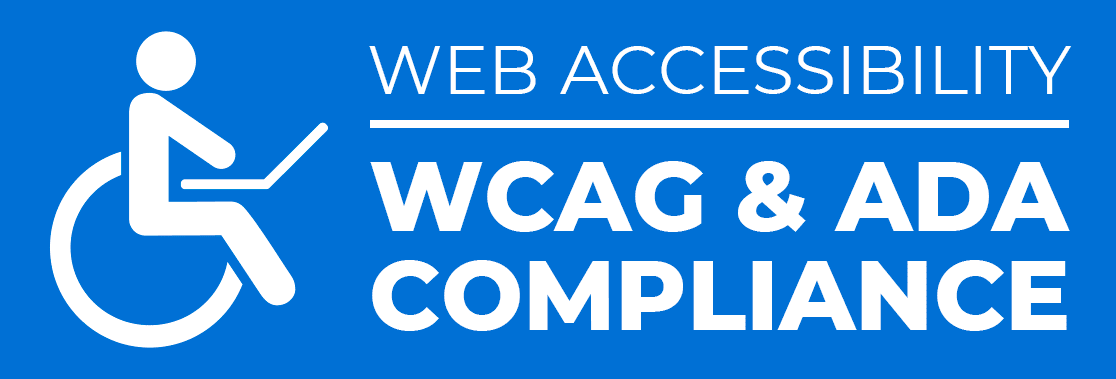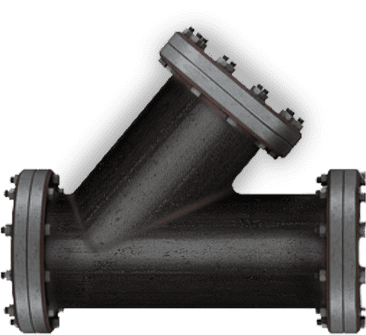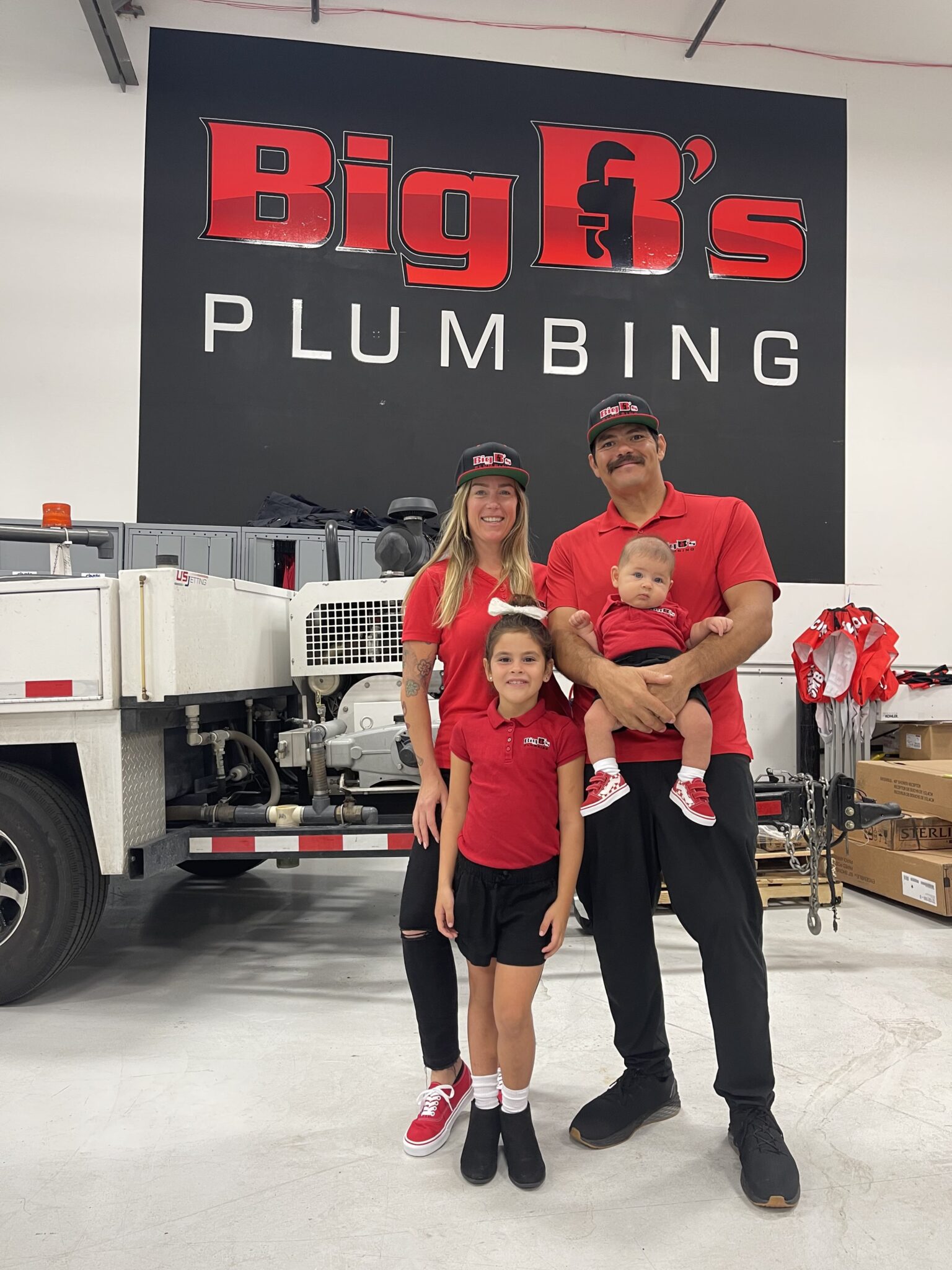#1 Home Piping Leaks
Let’s kick things off with a positive outlook, starting with the heart of our homes: the piping system. While it’s natural for water pipes to wear out over time, especially in regions like California with hard water, there’s no need to fret. Copper pipes, known for their durability, typically last 40 to 50 years and often exceed those estimates under optimal conditions. So add your to your plumbing checklist, home piping leaks.
Yet, the mineral buildup from hard water can pose challenges, leading to reduced water pressure and potential leaks. But fear not! A water filtration system emerges as the hero, effectively removing minerals before the water reaches your faucets, ensuring a smooth flow and minimizing the risk of pipe issues.
Another culprit behind pipe leaks? High water pressure and improperly installed pipes. The key lies in early detection to prevent major headaches down the line. Fortunately, there are simple ways to spot leaks, from inspecting exposed pipes in your garage or attic to checking for water stains or bulging drywall throughout your home.
You Can Quickly Identify Any Signs of a Leak
Be on the lookout for telltale signs such as skyrocketing water bills, musty odors, or visible mold and mildew. And here’s a pro tip: Keep an eye on your water meter’s flow indicator dial. By turning off all water sources in your home and observing the meter, you can quickly identify if there’s a leak, potentially saving you time and money.
To stay proactive, homeowners are encouraged to perform leak checks every four months or so, especially in older homes with old plumbing systems, a simple process that takes just around 20 minutes. So, let’s embrace regular maintenance, safeguarding our homes.
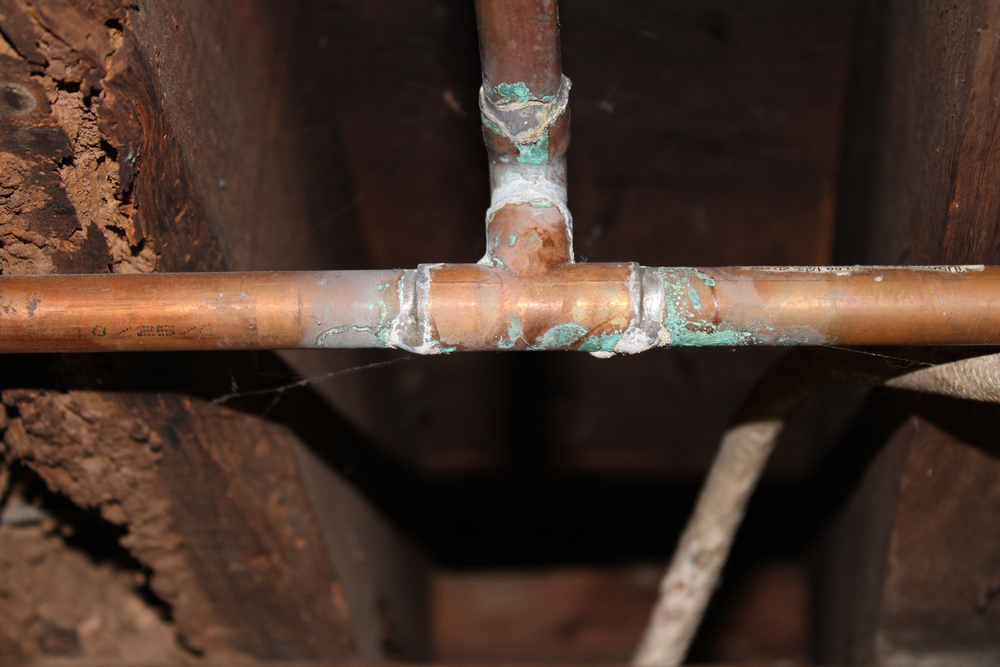
How to Check for Water Leaking in Your Home:
- Thoroughly turn the water off in your house.
- Open your home’s water meter and check the spinning triangle or dial.
- If the flow indicator moves with all the water off, you have a water leak.
- But wait! Now turn the irrigation handle to off; if the dial stops spinning, the leak is isolated to the irrigation.
#2 Flush Your Water Heater Annually and Change the Anode Rod Every 4-5 Years
Let’s embrace the importance of hot water in our daily lives – it’s a cornerstone of comfort and well-being for our families. Yet, it’s easy to overlook the maintenance needs of our water heaters, which play an important role for a steady supply of warmth for showers, laundry, and dishes.
Did you know that some water heaters require annual maintenance to uphold their warranties? Sediment buildup from hard water can accumulate in the storage tank, making the heater work harder and potentially shortening its lifespan. So, conducting regular maintenance can mitigate these issues and keep your water heater running smoothly for years to come. One essential maintenance task is flushing sediment from the tank annually. This simple step helps prevent buildup and establishes optimal performance. Additionally, consider removing the anode rod every five years to extend your water heater’s lifespan further.
Replace the Anode Rod Every Five Years
The anode rod is a vital component that shields the tank walls from damage caused by minerals and sediment. The anode rod is made from materials like magnesium or aluminum and plays a crucial role in protecting your investment. Magnesium, renowned for its superior reactivity, offers a robust defense against corrosion, making it an excellent choice for homeowners seeking long-term reliability. By prioritizing regular maintenance and investing in quality components like magnesium anode rods, you can ensure your water heater continues to provide reliable hot water, keeping your family happy and comfortable for years to come.

#3 Check Your Toilet for Leaks
Let’s kick off your maintenance checklist with a simple yet effective tip: check your toilet for leaks annually. Just add a few drops of food coloring to the tank and observe if the color appears in the bowl, voila! You’ve identified a leaky toilet. But don’t fret; fixing it is a breeze, and the replacement parts won’t break the bank. In most cases, it’s just a matter of replacing the toilet flapper, a task even a novice DIYer can handle with ease.
While drop-in bowl cleaners may offer convenience and effective cleaning, they can sometimes accelerate wear on the rubber components of the flapper. However, regular replacement of the flapper guarantees continued leak-free operation. So, add it to your plumbing checklist. Though it may not be a part we often think about, replacing the toilet flapper every three to five years is a small yet proactive step towards maintaining optimal performance and keeping your toilet leak-free. With these simple maintenance tasks, you can check that your toilet remains in top condition, providing reliable performance and peace of mind for years to come.
#4 Plumbing Checklist: Identify and Repair Faucet Leaks
Let’s turn our attention to faucets and fixtures – those little drips and leaks that can sometimes go unnoticed until they become a nuisance. Whether it’s a leaky faucet, a dripping shower head, or an outdoor spigot that’s seen better days, it’s tempting to put off fixing these seemingly harmless leaks. So add faucet repairs to your plumbing checklist.
But here’s a motivating thought: did you know that each year, the average household’s leaks can waste nearly 10,000 gallons of water? According to the Environment Protection Agency, that highlights the importance of promptly addressing leaks. In fact, around ten percent of homes experience leaks that waste 90 gallons or more per day. These leaks often originate from common sources like worn toilet flappers, dripping faucets, and other faulty valves.
However, by taking the initiative to identify and address these leaks, homeowners can make a significant impact in reducing water waste and promoting a more sustainable environment. So next time you notice a leak, don’t delay – take action and contribute to conserving our precious water resources for future generations.
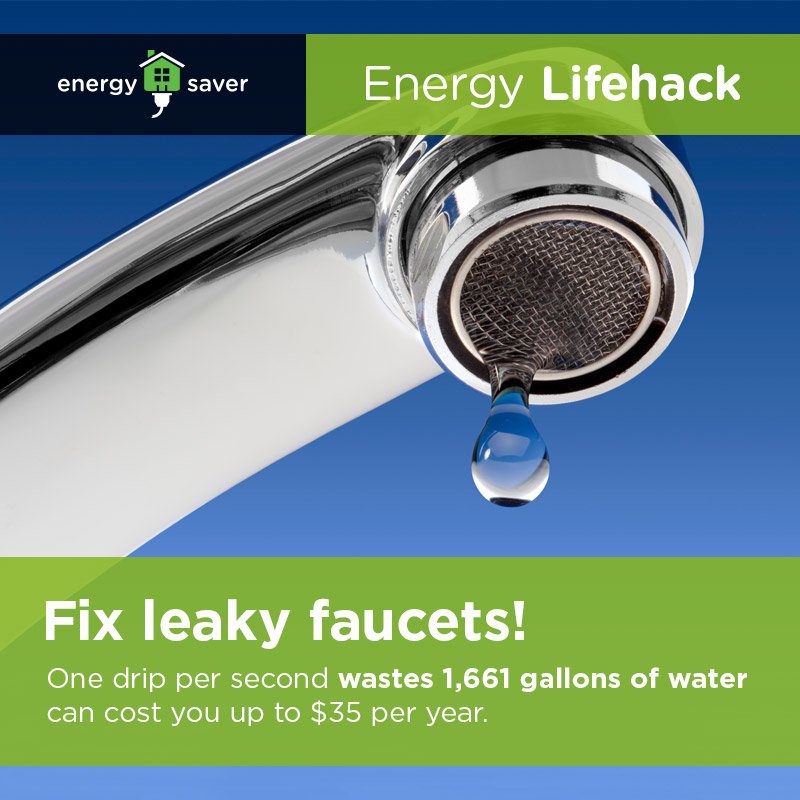
#5 Plumbing Checklist: Avoid Slow Moving Bathroom Drains
As a homeowner, you’re probably all too familiar with the frustration of slow-moving drains, especially if your household includes energetic kids who frequent a shared bathroom. It’s no surprise that with increased use, drains can quickly become sluggish, and if you have teenagers, clogs may seem like a regular occurrence. The culprit behind these pesky clogs? Often, it’s a buildup of bathroom products and hair that creates what plumbers refer to as “black slime” bacteria. Once this slime takes hold, it can stubbornly persist and continue to grow until properly dealt with.
Pour Hot Water Down The Drain and Add it to Your Plumbing Checklist
There are simple solutions to keep your drains flowing smoothly. For heavily used drains, consider pouring a kettle of hot water down them once a week, and for less frequently used drains, aim for every two weeks. Additionally, products on the market are specifically designed to tackle black slime as part of regular maintenance. Alternatively, you can create your own DIY solution using baking soda and vinegar to help keep your drains clear and odor-free. With these easy maintenance tips, you can bid farewell to sluggish drains and enjoy a smoothly flowing plumbing system in your home. Say goodbye to clogs and hello to hassle-free drain maintenance!
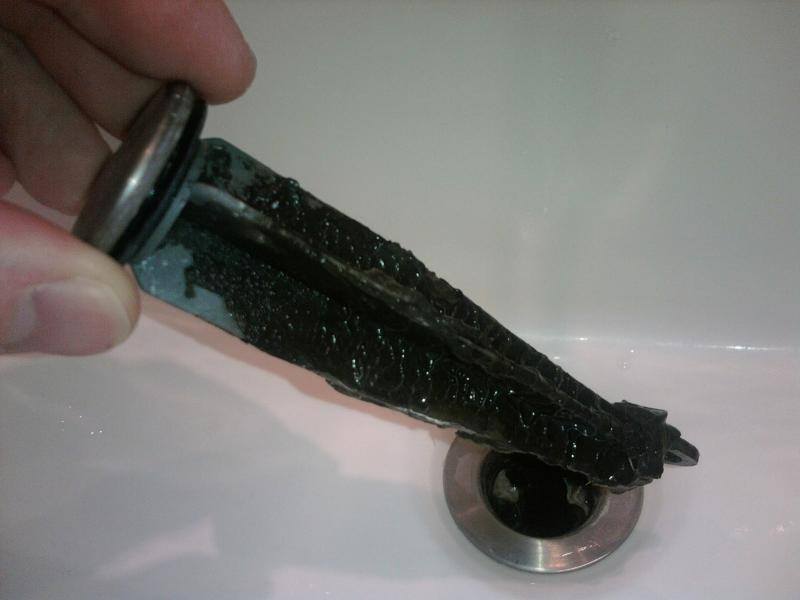
#6 Plumbing Checklist: Bad Water Pressure Spells Trouble for Your Plumbing System
Is your water pressure as robust as ever? While some may think high water pressure is a sign of a powerful plumbing system, it can actually spell trouble for your appliances and pipes. Surprisingly, many homeowners are unaware of their water pressure levels but fear not – checking is quick and easy, taking just five minutes of your time.
You can easily monitor your water pressure with a simple tool: a water pressure gauge, available for less than ten dollars at your local home center. Simply attach the gauge to the spigot closest to your main water supply, turn on the water, and observe the pressure reading. Ideally, your water pressure should fall between 45 to 65 pounds per square inch (psi). Anything exceeding 80 psi is considered high and could lead to issues down the line.
Check Water Pressure Every Few Month
We recommend checking your water pressure every few months, especially if you reside in an older home where the pressure regulator may not have been replaced for several years. Additionally, low water pressure can also be a hassle, so it’s worth keeping an eye on it regularly. With just a few minutes of effort, you can ensure your water pressure remains within the optimal range, safeguarding your plumbing system and appliances for years to come.
#7 Turn and Lubricate Old Angle Stops, Compression, or Shutoff Valves Annually
Let’s talk about those unsung heroes of our plumbing systems: bathroom and kitchen valves, also known as angle stops, compression, or shutoff valves. Add them to your plumbing checklist. These trusty valves dutifully remain open for years on end, but when it’s finally time to close them, they may start to develop leaks.
No worries – the solution is simple! By incorporating an annual maintenance routine of opening and closing these valves while adding a few drops of lubricant, you can keep them in tip-top shape. These valves are crucial connections to your toilet, bathroom sinks, and kitchen sink, and if left untouched for too long, they may become prone to sticking.
If you’ve noticed blue-greenish deposits on your valves, – it’s likely limescale buildup. Fortunately, removing it is a breeze. An all-purpose cleaner can do the trick, or you can opt for a natural solution like lemon juice or vinegar. The mild acidity helps dissolve the minerals, making cleanup a snap.
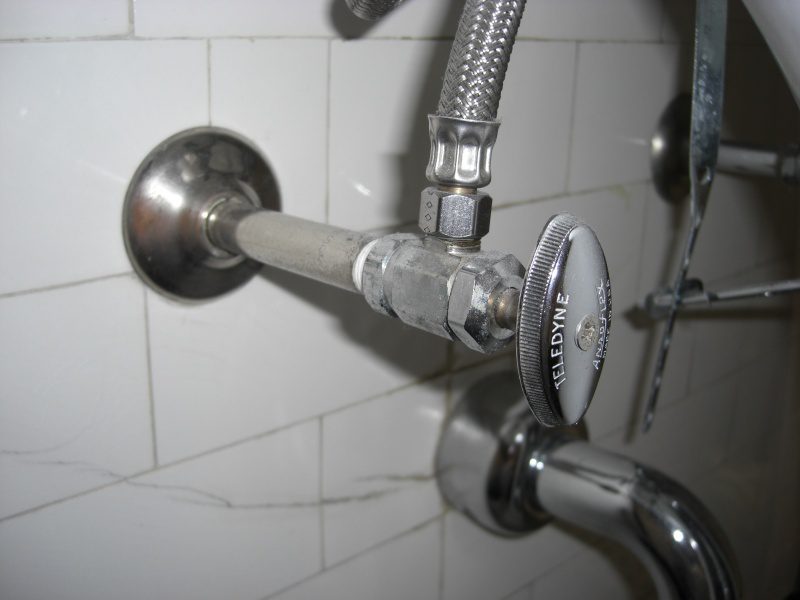
#8 Plumbing Checklist: Check Your Washing Machine Hose For Moisture Regularly
By incorporating these simple maintenance steps into your routine, you can verify that your bathroom and kitchen valves continue to operate smoothly, preventing leaks and prolonging their lifespan. With just a little TLC, you’ll keep your plumbing system running seamlessly for years.
Remember to give your washer connection some love every now and then! A quick check for moisture around the connected area can help catch any potential leaks early on. To keep it clear of lime buildup, simply wipe it down with a mixture of all-purpose cleaner and a splash of lemon juice or vinegar. Let it sit for a moment, then wipe it dry for a sparkling finish.
Remember, washer hoses should be replaced every five years for optimal performance. And why not make it a part of your annual plumbing checklist? After all, there’s nothing worse than returning home to a flooded washroom. Stay proactive and keep your washer connection in top shape to avoid any unexpected surprises!
Complete Recap
Let’s make sure your home’s plumbing system stays in top shape with these simple maintenance tips:
- Check for Water Leaks: Keep an eye on your water meter’s flow indicator and visually inspect for leaks regularly.
- Flush Your Water Heater: Give your water heater a yearly flush and replace the anode rod every five years for optimal performance.
- Test Your Toilets: Annually test for leaks by adding a few drops of food coloring to the tank. If it appears in the bowl, it’s time for a fix.
- Check for Leaky Faucets: Keep an eye out for faucets and outdoor leaky spigots and make the repairs without delay.
- Maintain Bathroom Sinks: Keep your bathroom sinks running smoothly by pouring a kettle of hot water down the drain weekly. You can also use a baking soda and vinegar mixture for maintenance.
- Check Water Pressure: Invest in a water pressure gauge and check your water pressure every quarter. It’s a quick task that takes less than five minutes but establishes optimal performance.
- Maintain Valves: Open and close your bathroom and kitchen valves annually, adding a touch of lubricant to keep them operating smoothly.
- Inspect Washer Hoses: Occasionally check your washer hose and connections for moisture. Replace hoses every five years to prevent unexpected leaks.
By incorporating these easy maintenance tasks into your routine, it helps your plumbing system stays in top condition, saving you time, money, and hassle in the long run. Keep your home running smoothly with these proactive measures! Put together your plumbing checklist and keep your plumbing system in tip-top shape.


